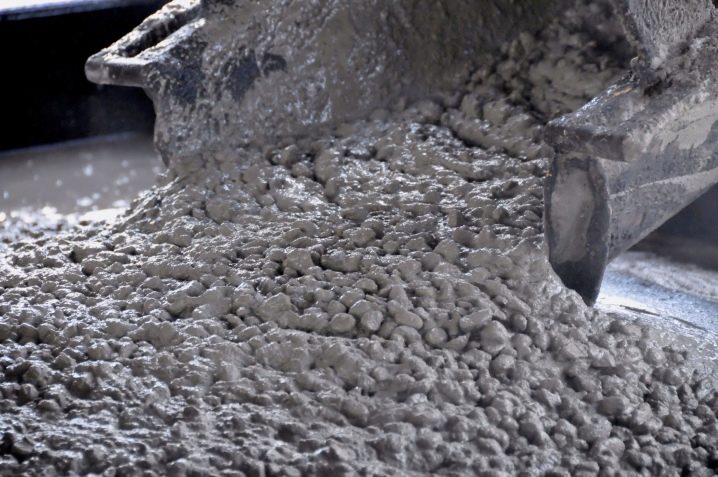Cement Bond Strength Testing
The Cement Bond Strength Test is a critical procedure in oil and gas well construction. It measures the adhesion between cement slurry and casing or formation rock, ensuring structural integrity and preventing potential leaks that could lead to costly downtime or accidents.
Understanding this test requires knowledge of its importance for compliance with international standards such as ISO 14685-2:2013. This standard specifies the procedure for determining the bond strength between oil well cement and casing in a laboratory environment, which is essential for quality control during drilling operations.
The testing process involves several steps to ensure accuracy and reliability. First, appropriate specimens are prepared by casting cement around casings or rock samples. Next, these specimens are cured according to specified conditions before being tested using specialized equipment like hydraulic presses capable of applying controlled loads up to 500 kN depending on the expected bond strength.
The primary goal of this test is not only compliance but also ensuring optimal performance under real-world drilling scenarios. For instance, poor bonding between cement and casing can lead to premature failures or leaks that may compromise well integrity during production. Conversely, strong bonds enhance durability and safety throughout the lifecycle of an oil or gas well.
In addition to laboratory testing, field testing can be conducted by deploying sensors within newly installed wells to monitor bond formation over time. This approach provides valuable insights into how various factors such as temperature, pressure, and curing conditions affect cement performance in actual drilling environments.
For quality managers responsible for overseeing compliance or R&D engineers focused on improving existing technologies, understanding these nuances is crucial. By adhering strictly to international standards like ISO 14685-2:2013, laboratories ensure accurate results that reflect real-world conditions more closely than traditional methods.
Compliance officers must also stay updated on the latest developments in this field to maintain regulatory compliance while pushing boundaries with innovative approaches. Meanwhile, procurement teams need reliable suppliers who can provide materials and equipment necessary for conducting these tests effectively.
Applied Standards
The Cement Bond Strength Test is governed by several internationally recognized standards that dictate the procedure from specimen preparation to final analysis. The most widely used standard is ISO 14685:2013, which covers both laboratory and field tests for bond strength between oil well cement and casing.
- ISO 14685-2:2013: Laboratory test methods for determining the bond strength of oil well cement to steel casing in a laboratory setting.
- API Spec Q1: Although primarily focused on quality assurance and control for suppliers, it indirectly supports the need for accurate cement bonding tests through supplier evaluation criteria.
These standards provide detailed instructions on specimen preparation, curing conditions, testing procedures, and reporting requirements. They ensure consistency across different laboratories worldwide, enhancing confidence in test results regardless of location or facility.
The international acceptance and recognition of these standards further underscore their importance within the oil & gas industry. Laboratories adhering to these guidelines gain credibility among clients seeking reliable performance data for their projects.
Scope and Methodology
The scope of Cement Bond Strength Testing encompasses both laboratory simulations and field evaluations aimed at assessing the bond strength between oil well cement and various substrates such as steel casing or rock formations. This testing ensures that the materials used meet stringent quality control measures before being deployed in active drilling operations.
- Laboratory Tests: Specimens are prepared by casting cement around casings or rock samples under controlled conditions to simulate real-world curing environments. Once cured, these specimens undergo mechanical tests using hydraulic presses capable of applying forces up to 500 kN.
- Field Tests: For more comprehensive evaluations, field sensors can be deployed within newly installed wells to monitor bond formation over time. These sensors provide valuable data on how various factors like temperature and pressure influence cement performance in actual drilling environments.
The methodology for conducting these tests involves several key steps:
- Specimen preparation
- Curing under specified conditions
- Testing using appropriate equipment
- Data analysis and reporting
Each step is meticulously followed to ensure accurate and reliable results. Specimen preparation ensures that the test samples accurately represent the materials intended for use in drilling operations. Curing follows strict protocols outlined by international standards such as ISO 14685-2:2013 to guarantee consistency across different laboratories.
Testing uses specialized equipment capable of applying controlled loads up to 500 kN, depending on the expected bond strength. Data analysis involves interpreting test results against established criteria set forth by relevant standards. Reporting provides clear documentation of all findings along with recommendations for improving future performance if necessary.
International Acceptance and Recognition
- American Petroleum Institute (API): The API plays a key role in setting industry standards that include requirements for Cement Bond Strength Testing. Their guidelines ensure consistency and reliability of results across different countries.
- European Committee for Standardization (CEN): CEN develops European standards which often align closely with international norms, including those related to oil well cement testing.
The widespread acceptance of ISO 14685-2:2013 by regulatory bodies worldwide adds significant weight to its use in the industry. Compliance with these standards demonstrates a commitment to quality and safety, which is crucial for maintaining trust among clients and stakeholders.
Recognized laboratories that adhere strictly to international guidelines gain credibility not only within their own markets but also internationally. This recognition enhances the reputation of both individual labs and the overall sector by ensuring consistent high-quality testing practices.





